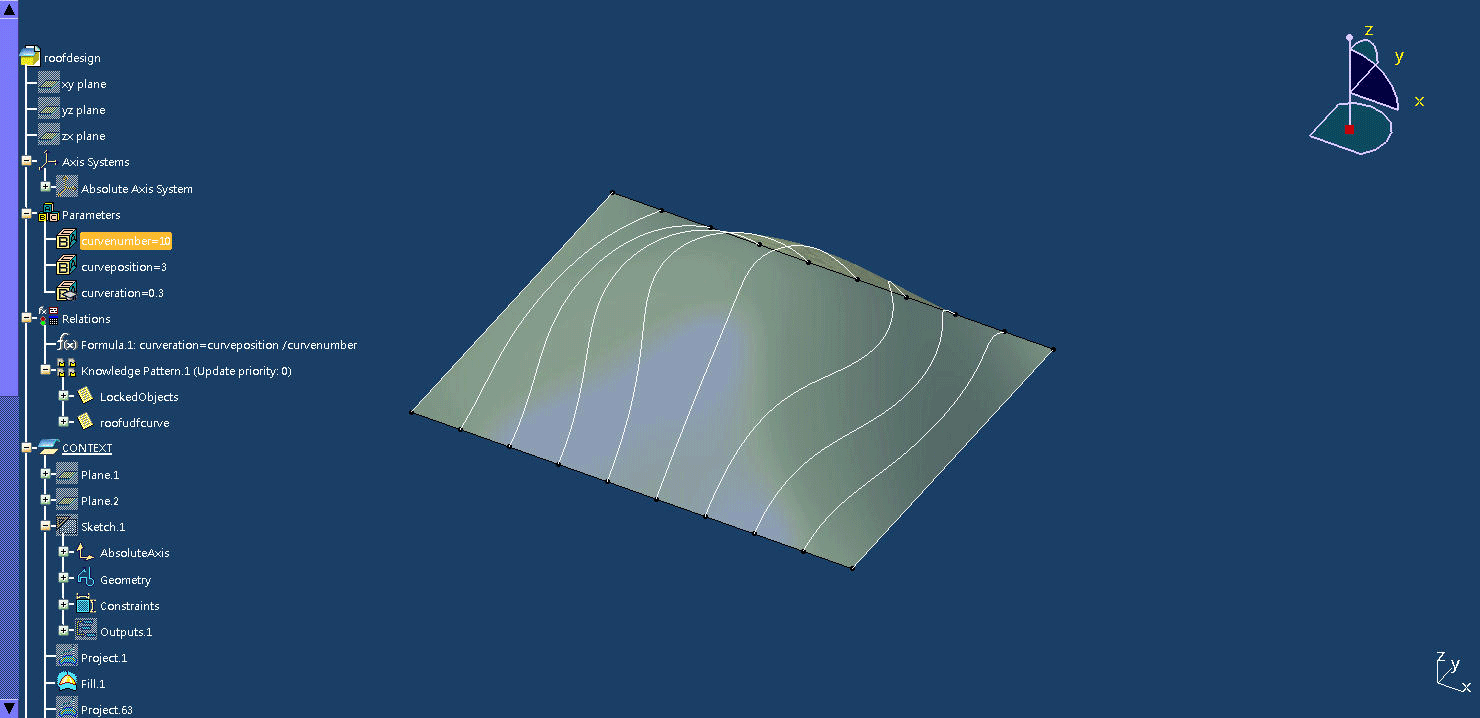It is interesting that both Weinstock and De Landa talks
about human in a perspective of emergence theory. While Weinstock argues the
unity of opposite relationship between human and nature in The Architecture of Emergence,
De Landa argues that between human and robot in this book, War in the AGE.
Developed from war machine to the new window onto the
creative processes of nature, artificial intelligence becomes a powerful tool
to study chaos. De Landa references the term “machinic phylum” from Gilles
Deleuze, referring to the “overall set of self-organizing processes in the
universe. This including all the processes in which a group of previously
disconnected elements suddenly reaches a critical point at which they begin to “cooperate”
to form a higher level entity”. Behaving in the machinic phylum, it is possible
that the self-organizing process may end up with a higher level of entity which
is robot consciousness, and it is possible as well that the non-organic life
may end up with a higher level of entity which is organic life. Both human and
robot bodies would ultimately behave in the machinic phylum.
It is interesting to think of the ideological structure, the
machnic phylum, of architecture. Architecture is the dynamic emergence of the
interaction of forces. However, architecture itself is not a force. It is a
higher entity of forces. With the help of artificial intelligence, architects
can simulate the machnic phylum, generating the representation of dynamic
emergence, the algorithm of entity shifts, which is another level of entity that
is impossible to realize in the physical world.




































